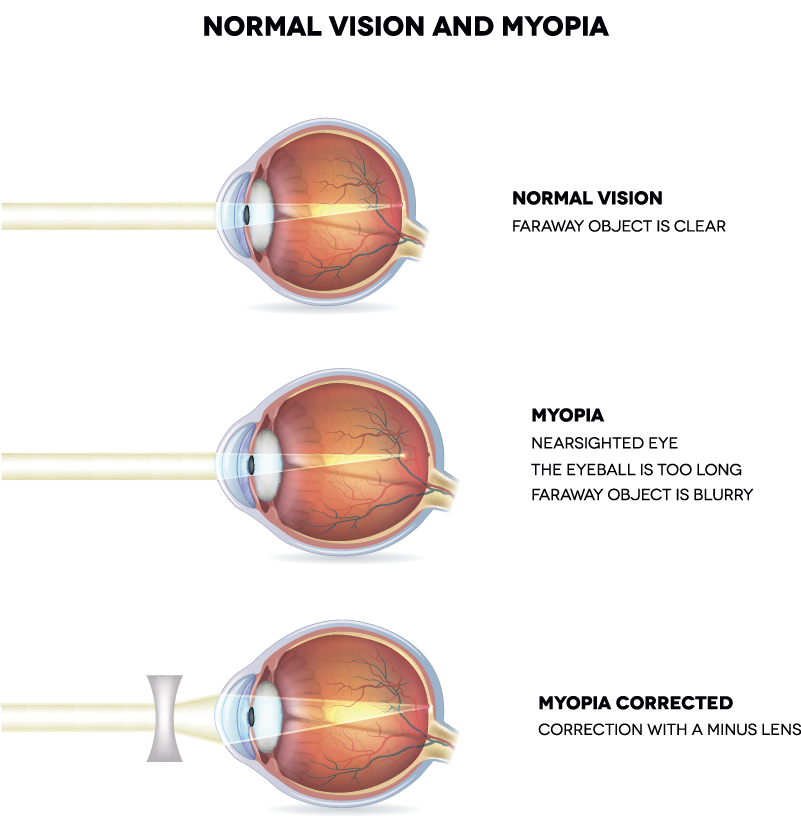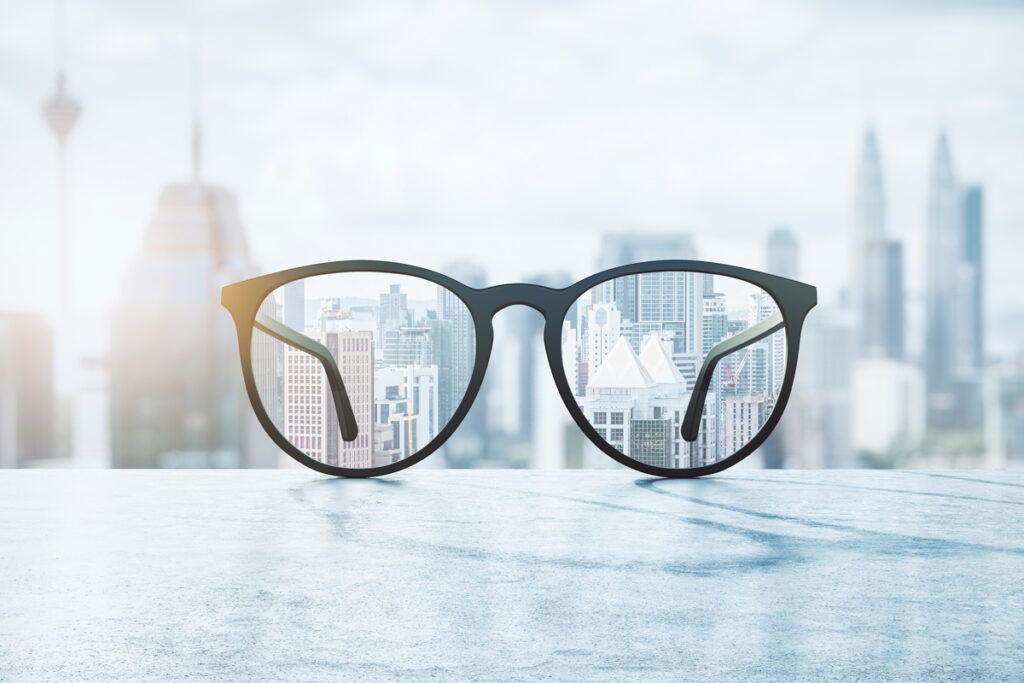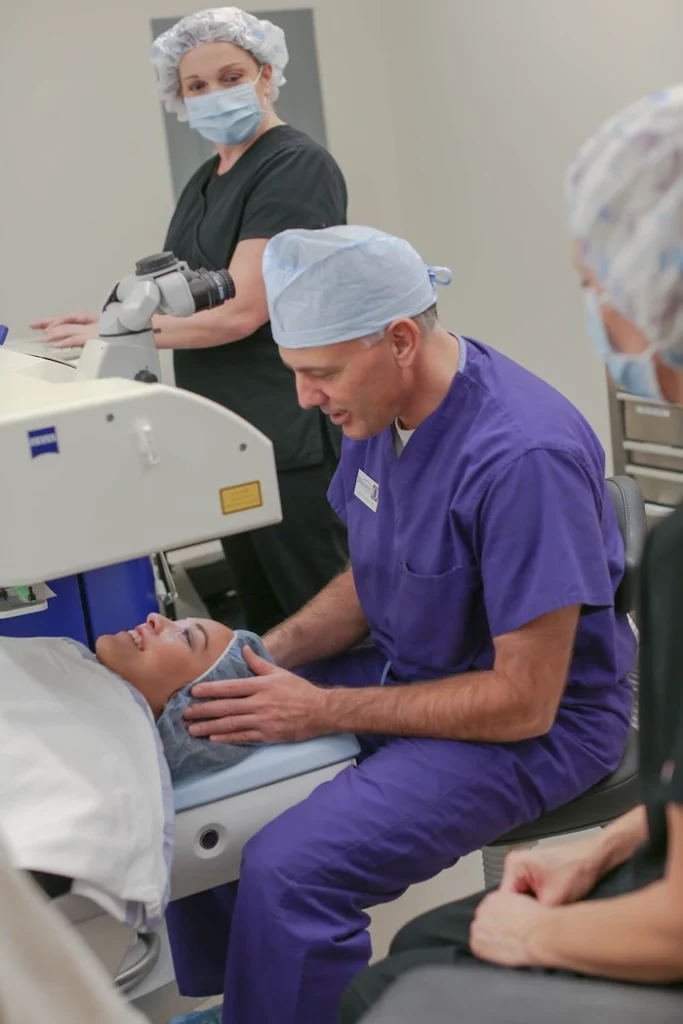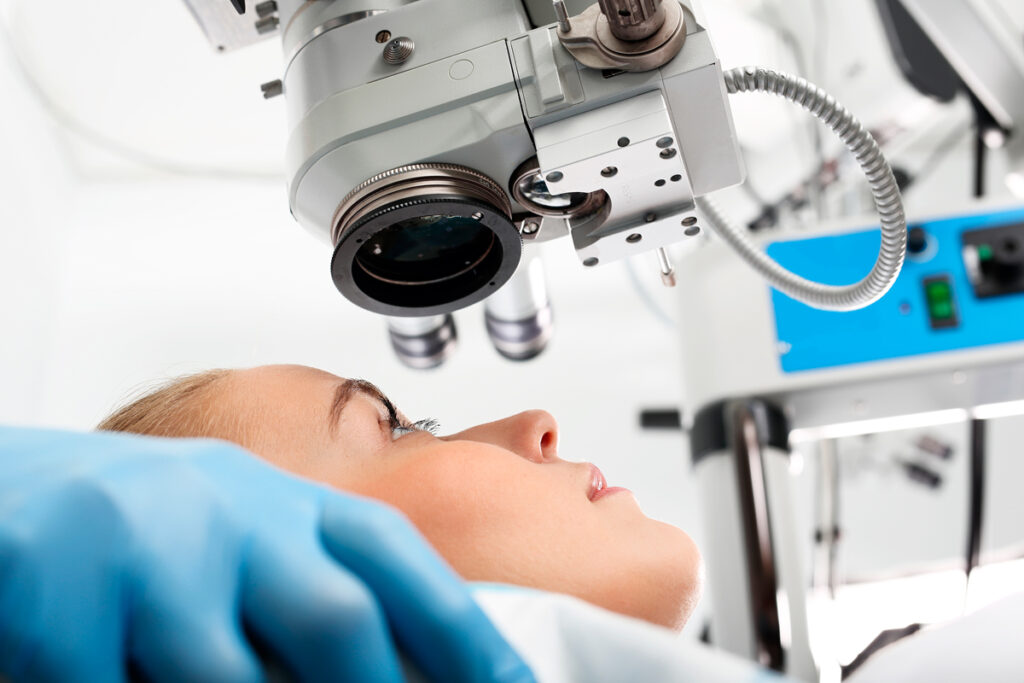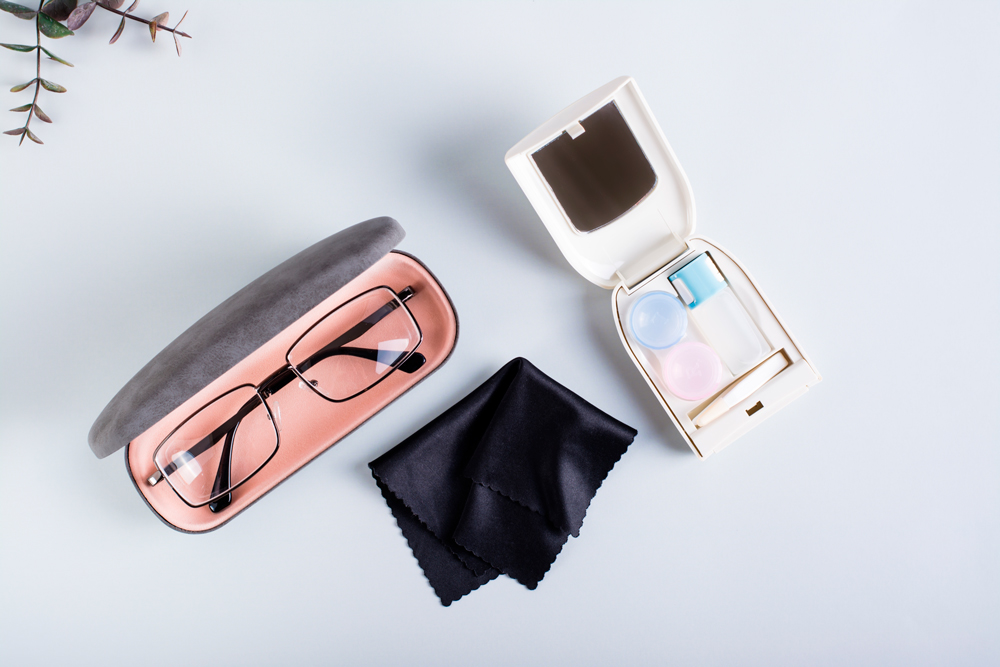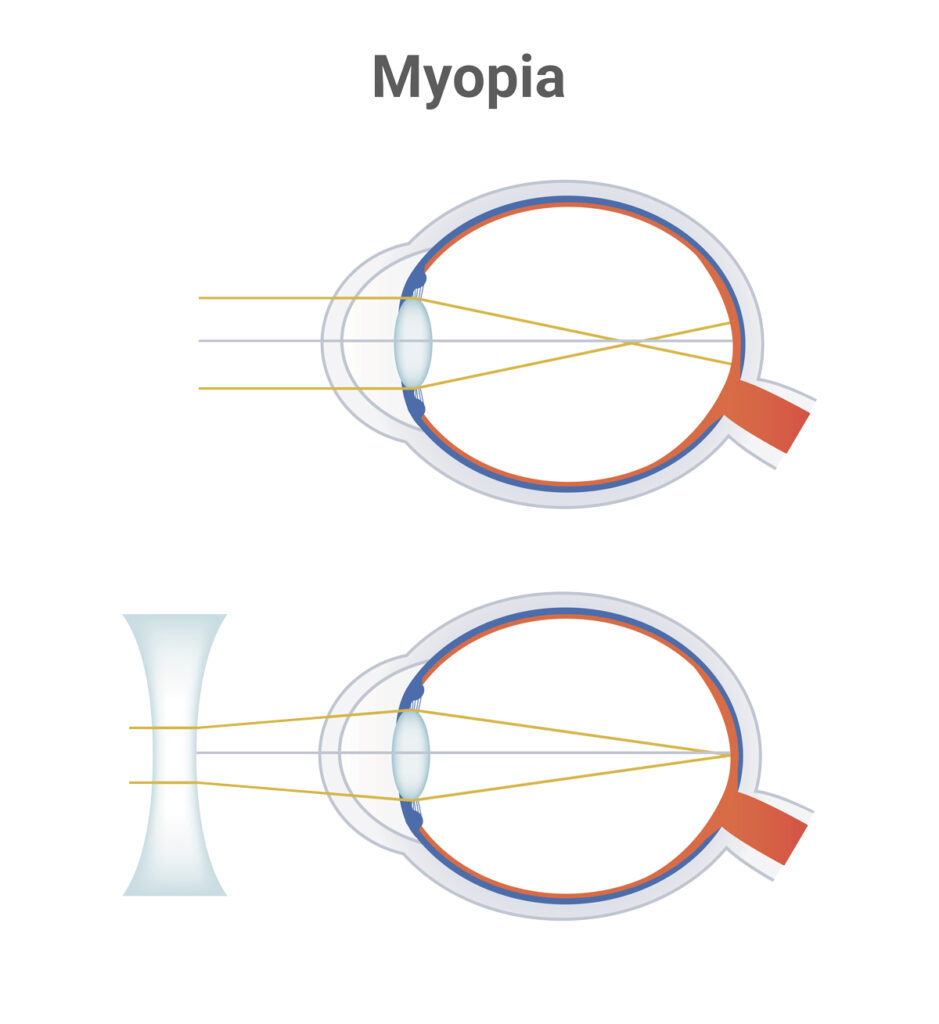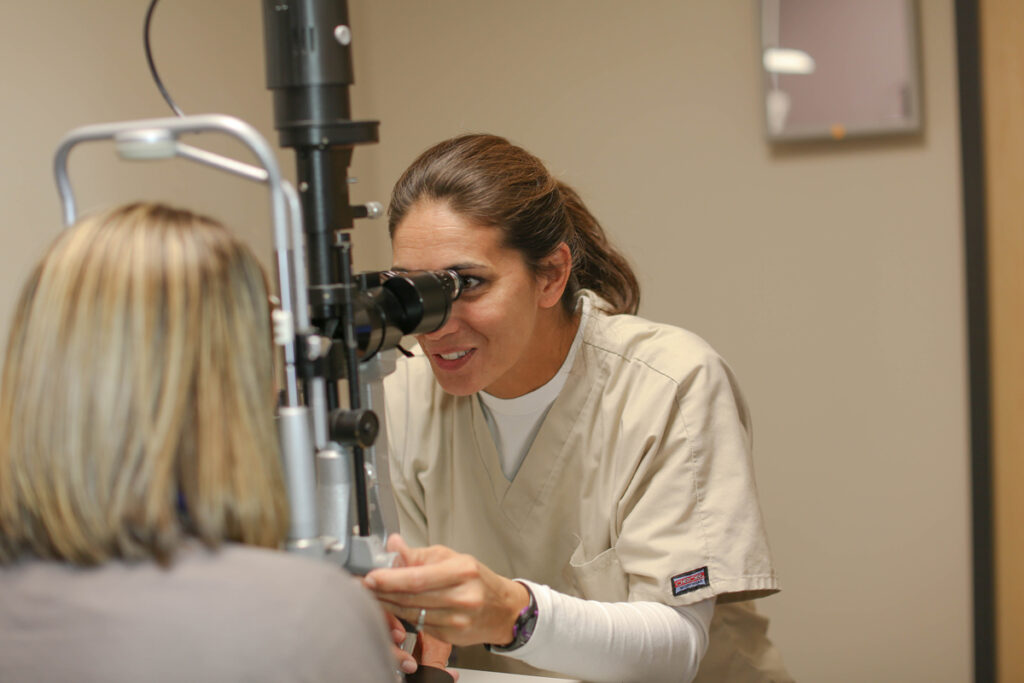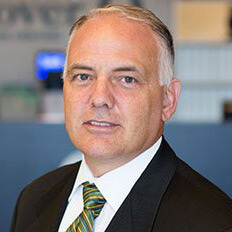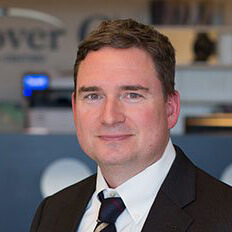In myopia, the cornea, or front surface of the eye, is too steep. All laser LASIK uses two lasers to reshape the front surface of the cornea. The first laser creates a flap that is lifted and the second laser flattens the undersurface. The flap is then repositioned. Recovery from LASIK surgery is quick, with minimal discomfort.
SMILE is an eye surgery for nearsightedness and works by creating a small incision in which a thin layer of tissue is removed to flatten the central cornea and eliminate myopia.
SMILE is a flapless and bladeless procedure that offers faster recovery, less discomfort, and fewer complications compared to traditional LASIK surgery.
PRK can also be used to flatten the cornea. It involves removing the surface layer of the cornea, known as the epithelium. An excimer laser (the same second laser used in LASIK) is then used to reshape the central cornea to fix the nearsightedness. Following surgery, a contact lens is placed on the eye while it heals. PRK offers great visual outcomes for patients who don’t qualify for LASIK or SMILE.
Refractive Lens Exchange (RLE) / Replacement surgery can be used to treat patients over 40 who suffer from presbyopia, hyperopia, myopia with or without astigmatism. The procedure involves removing the natural lens of the eye and replacing it with an artificial lens called an intraocular lens (IOL). There are many different intraocular lens implants (IOLs) that can be used. RLE is also recommended for patients who are not suitable for other types of corneal laser eye surgery.


